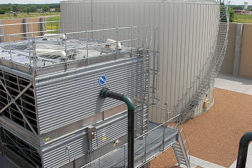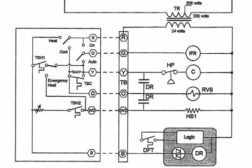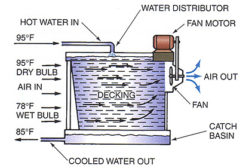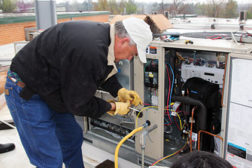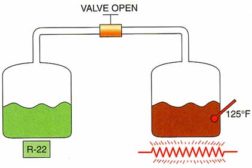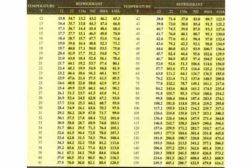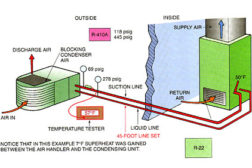Service and Maintenance
A Well Maintained Unit Will Continue to Function at the Original Optimum Efficiency
Read More
Study Tests Effectiveness of Rooftop Unit Preventative Maintenance
Looks at Whether Retailers Save Money by Minimizing Risk of Equipment Failure and Reducing Service Calls
June 9, 2014
Air-Fuel or Oxy-Fuel for Soldering and Brazing?
There Is a Time and Place for Both Processes in HVACR Applications
Read More
Copyright ©2024. All Rights Reserved BNP Media.
Design, CMS, Hosting & Web Development :: ePublishing
